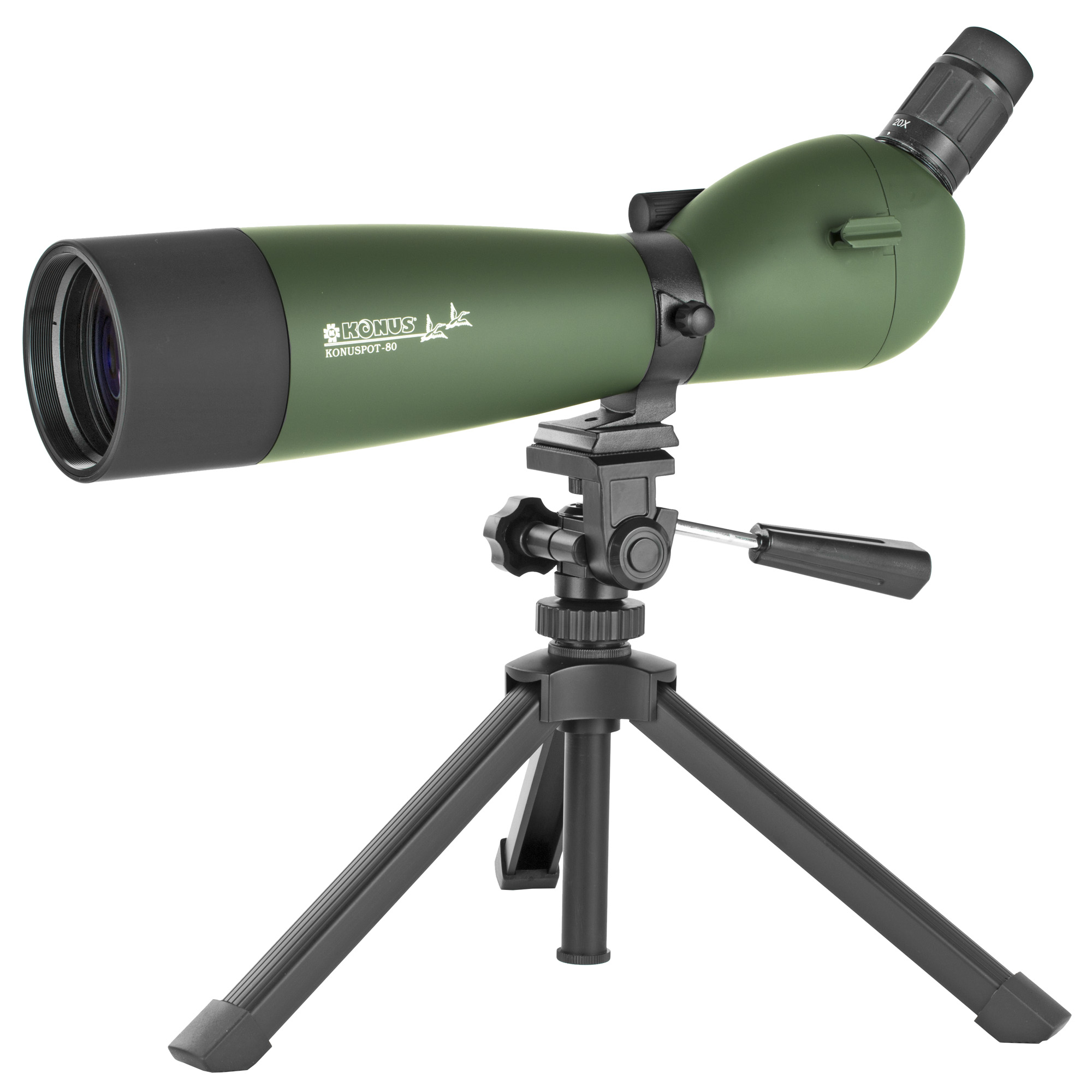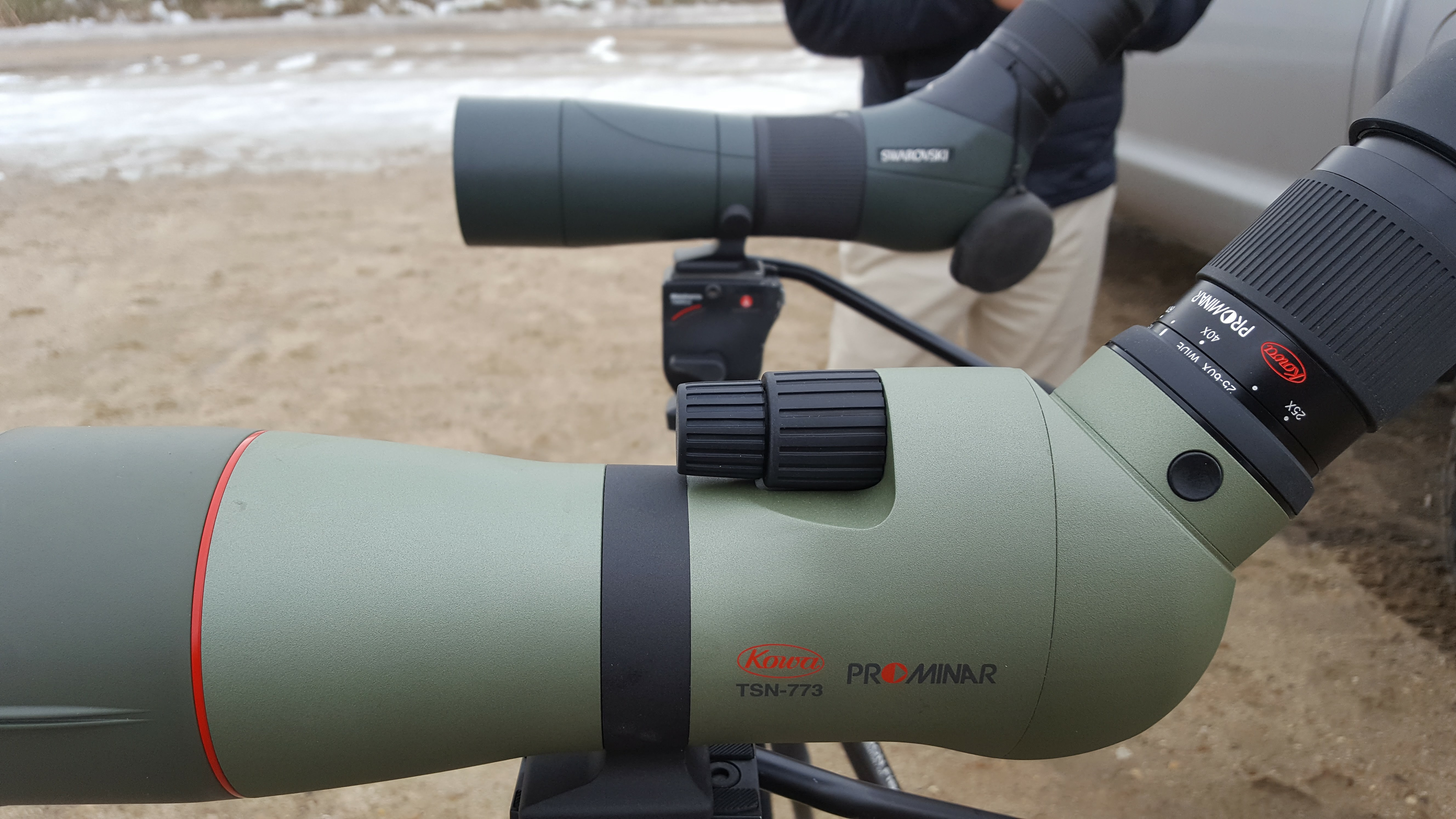Yes, you need the best long range scope for your next hunting trip, but you should know its proper use to bag more catch as well. Say, you have the Celestron – Ultima 80 Angled Spotting Scope, you must learn how to use it as an aid for finding possible targets. Note that a hunting field is wide enough even with a quality spotting scope on hand. Using powerful binoculars improperly would lead you to waste long hours without a good shot.
Now, how should you use a spotting scope properly? Good thing is, there are only few key points for you to remember.
How to optimize the use of a Spotting Scope on your Hunting Trip
- Buy the Right Spotting Scope
Always begin by considering the essential factors in choosing a spotting scope. Generally, think of your preferences, the environment you’re going to, as well as your intended use. For example, you may need different spotting scope for birdwatching than for hunting.

Then, weigh features such as magnification, zooming capabilities, image clarity, as well as feasibility for Digi scoping among others. Waterproof, shockproof and heatproof features are great as well.
Note, however, that spotting scopes with higher quality and more features have higher price. So, strike the balance between quality and budget.
- Remember Stability
It is important to give a good support for your spotting scope while viewing. You don’t want a shaky scope, so use it with a dependable tripod. Note that higher tripods tend to be shakier, so prefer those you can use while on a sitting position. Moreover, choose tripods with efficient panning and tilting controls to avoid moving your scope itself.
- Maximize the Use of Magnification
It is best to choose a spotting scope with good magnification range. But you must use it properly depending on the situation and your needs. Lower the magnification for viewing an entire landscape, for example, then increase it to have a closer look on a target or object. You may also need to lower it depending on the atmospheric condition, especially when it is impossible to view on higher magnification.
On a side note, image quality may decrease when the magnification increases. Choose a scope which balance magnification with image clarity. If you cannot afford such scope, consider lower magnification ranges.
- Handle Natural Elements Accordingly
Going hunting means you must face different elements of nature. You cannot easily change those, but it’s possible to do some workaround while using your spotting scope.
Say, you’re using your scope on a tripod, but the ground isn’t leveled enough. Instead of manually levelling the ground, use the leg features of the tripod. Make one leg shorter or longer depending on which you see fit.

Annoyed with glares? Use the shade features of the scope. A mirage locks your view? Zoom out a bit to get a better look.
Just be creative with these types of workaround, and you do not have to worry about many natural elements.
- Avoid Over usage
Look through a spotting scope for a long time, and you’ll surely end up with eye strains or headaches. So, limit your viewing time for only up to 10 minutes, then rest for a while. You can also interchange the use of your spotting scope with regular binoculars for every two minutes.
Remember these notes and you’ll surely have fruitful results from using your spotting scope on a hunting trip. Begin by buying the best scope, then use it properly along with other equipment.
